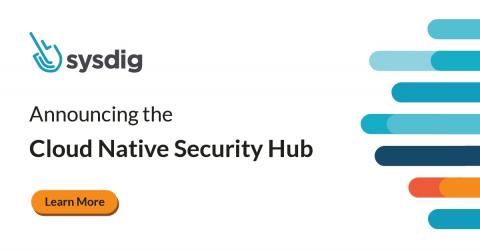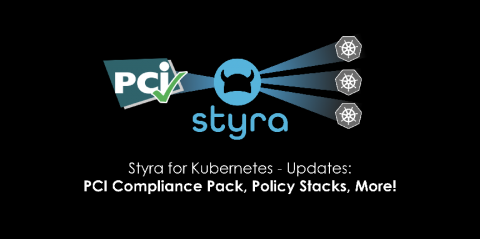Security | Threat Detection | Cyberattacks | DevSecOps | Compliance
Latest Posts
How website security and SEO are intimately connected
Learning how to optimize your website can be a challenge. At one time, it was only about figuring out what Google wanted, which was largely keywords. Now, it’s much more complex. Google is focused on not only delivering high-quality, relevant search results, but also on protecting people from malware and unscrupulous websites. Not only that, a hack of your website by others can give Google false information that directly impacts your rankings.
New Kubernetes PCI DSS Compliance Packs, And More
As enterprises adopt cloud-first or cloud-native strategies, Kubernetes is by far the most important strategic consideration. At the same time, for the large subset of these enterprises which take payment from consumers, PCI DSS has never been more critical. More than ever, enterprises have to pay attention to data security (and their commitment to improving security posture) in order to meet compliance requirements. So what has to change to meet compliance in a Kubernetes-based environment?
Announcing the Cloud Native Security Hub
One of the main benefits to standardized infrastructure is the ability to share application resources across entities. We are taking advantage of this with the Cloud Native Security Hub as we start to explore how to standardize cloud native security.
Security for Cloud Services: SaaS Deep Dive
As business adoption of cloud services continues to grow at a rapid pace, so does the need to adapt security methods to accommodate the myriad of options. Traditional best practices often still provide a solid foundation from which to build on, but depending upon the technologies you opt to migrate to the cloud, different challenges and solutions need to be explored in order to ensure that your security operations can maintain visibility and control and prevent critical risks and vulnerabilities.
Security Policy as Code Now Fully Automated with Calico Enterprise 2.6
We are excited to announce the general availability of Calico Enterprise 2.6 (formerly known as Tigera Secure). With this release, it is now possible to fully-automate Security-Policy-as-Code within a CI-CD pipeline, including the ability to implement security as a Canary rollout, which is the most critical requirement to automating network security.
Everything you Need to Know about Phishing...
Considering we now spend more and more time online, it’s only natural that we’ve digitised almost every aspect of our daily lives. But in doing so, we may have opened ourselves up to a new and dangerous form of attack. Ever since we began using the internet, we have faced the risk of malicious activity. Fortunately, we’ve developed powerful tools to combat cyber-attacks and advanced email security services.
How to Implement an Efficient Cloud Security Strategy: The Experts Guide
According to IBM, 98 percent of companies will be using multiple hybrid cloud environments by 2021. This trend isn’t surprising. There are many benefits to operating in the cloud such as improved productivity, an increase in elasticity and huge cost-savings, to name a few. However, we keep seeing a range of issues when it comes to cloud security.
How Woodforest National Bank Uses INETCO Real-time Transaction Monitoring and Analytics Solutions to Analyze Card Usage and Manage ATM Performance
To Woodforest National Bank, “relationship banking” is everything. As one of the strongest community banks in the USA, they are well known for their hundreds of retail branches located within prominent operators of big box retail and grocery stores. In addition to 700 branches in 17 different states, their electronic payments line of business includes a multi-vendor fleet of 850+ ATMs and payment card issuance platforms.
Weekly Cyber Security News 15/11/2019
A selection of this week’s more interesting vulnerability disclosures and cyber security news. There’s leaving a few API keys in a GitHub repo, and there’s leaving everything on Pastebin. The question then is who did it? Staff, hacker or 3rd party? Perhaps we will never know. Do we however have a moral of the story here? Maybe just don’t write everything down in the clear (and give it to someone)…









